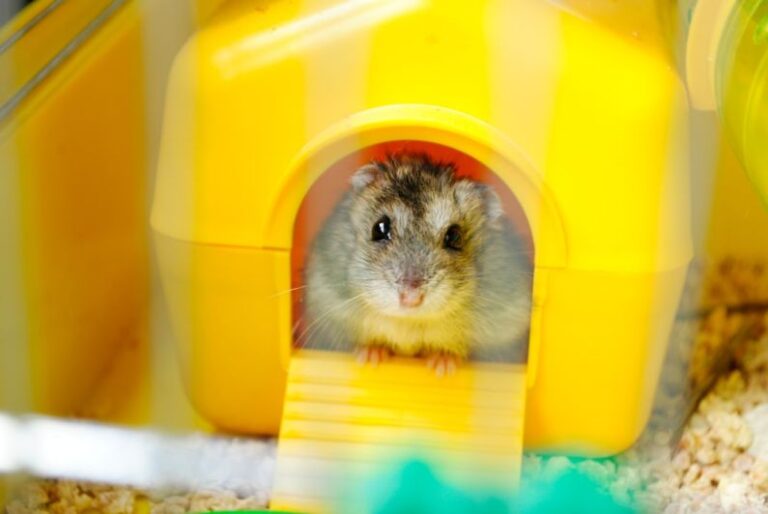
Hamsters are delightful little pets that bring joy and entertainment to their owners. Setting up a comfortable habitat for your hamster is essential for their well-being and happiness. By creating a cozy and stimulating environment, you can ensure that your furry friend thrives in their home. Here are some tips on how to set up a comfortable hamster habitat.
Choosing the Right Cage
Selecting the appropriate cage is the first step in creating a comfortable hamster habitat. Opt for a cage that is spacious enough to allow your hamster to move around freely. A wire cage with a solid bottom is an ideal choice as it provides good ventilation and allows for easy cleaning. Make sure the bar spacing is narrow enough to prevent your hamster from escaping.
Bedding
The bedding you choose for your hamster plays a crucial role in their comfort. Avoid using cedar or pine shavings as they can be harmful to your hamster’s respiratory system. Opt for safe bedding options such as aspen shavings, paper-based bedding, or shredded paper. Provide a thick layer of bedding to allow your hamster to burrow and nest comfortably.
Nesting Material
Hamsters love to create cozy nests where they can rest and sleep. Provide your hamster with nesting material such as torn paper, hay, or commercial nesting fluff. Place the nesting material in a corner of the cage to allow your hamster to build a comfortable nest according to their liking.
Hideouts and Shelter
Hamsters are nocturnal creatures that enjoy spending time in dark and enclosed spaces. Offer your hamster hideouts and shelters where they can retreat to during the day. You can use small cardboard boxes, ceramic houses, or wooden shelters as hideouts for your hamster. Ensure that the hideouts are well-ventilated and provide easy access for your hamster.
Wheel and Toys
Exercise is essential for your hamster’s physical and mental well-being. Provide your hamster with a solid exercise wheel that is the right size for them to run comfortably. Avoid wire wheels that can cause injury to your hamster’s feet. Additionally, include a variety of toys such as chew toys, tunnels, and climbing structures to keep your hamster entertained and engaged.
Food and Water
A well-balanced diet is crucial for your hamster’s health. Provide your hamster with a high-quality hamster food mix that contains a variety of seeds, grains, and pellets. Fresh vegetables and occasional treats such as fruits or nuts can be offered as well. Ensure that your hamster has access to fresh water at all times. Use a water bottle with a sipper tube attached to the cage to prevent spills and contamination.
Cleaning and Maintenance
Keeping your hamster’s habitat clean is essential to prevent odors and maintain a healthy living environment. Spot-clean the cage daily by removing any uneaten food, soiled bedding, and waste. A deep clean should be done weekly by replacing all the bedding and washing the cage with a mild soap and water solution. Regularly check and replace any worn-out or damaged items in the cage.
Creating a comfortable hamster habitat is not only beneficial for your pet’s well-being but also enhances your bond with them. By providing a safe, stimulating, and cozy environment, you can ensure that your hamster lives a happy and healthy life. Follow these tips to set up a comfortable hamster habitat that your furry friend will love.





